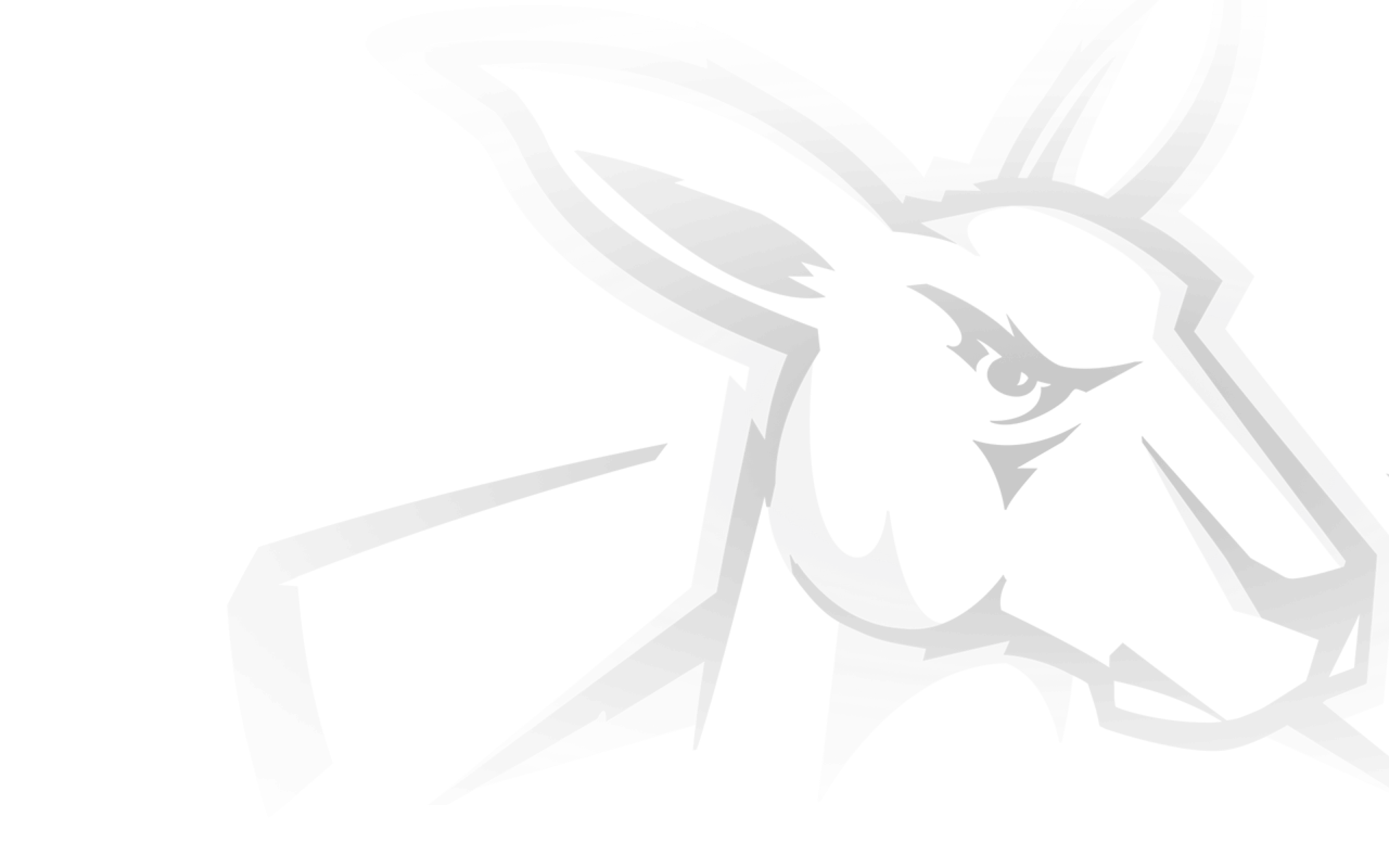When the first AFLW draft took place in 2016 in preparation for the competition's inaugural season, junior talent pathways that were embedded in the men's game didn't exist for women.
In order to source talent for those very first AFLW teams, recruiters looked toward state leagues and community clubs. In Western Australia it was the WAFLW, in South Australia the SANFLW, in Queensland the QAFLW and in Victoria it was the Victorian Women's Football League, or VWFL – now the VFLW after some significant restructuring.
High profile signings like Daisy Pearce (Darebin, VWFL), Ebony Antonio (Swan Districts, WAFLW), Emily Bates (Yeronga, QAFLW) and Emma Kearney (Melbourne University, VWFL) all landed in the AFLW from these competitions.
As junior girls' talent pathways such as the NAB League Girls competition have been developed, however, recent drafts have seen a shift in player origins.
Across the first three seasons of AFLW, and therefore off-season recruitments and drafts, more players were signed from Melbourne University than any other program, making up 5.3 per cent of players recruited in those first three seasons.
More recently, particularly within the Victorian talent pool, there has been a marked shift in the programs from which players are being drafted to the AFLW. While the inclusion of some expansion sides who have recruited directly from their state league affiliate (specifically Richmond and St Kilda) has also impacted this shift, we are seeing pathways really come into effect when it comes to AFLW elevation.
Different states have seen this change in varied ways. In Western Australia and South Australia, dominant state league clubs remain the main feeder into AFLW teams and in Queensland, Bond University has emerged as a talent powerhouse. Victoria has largely moved to the NAB League when it comes to signing and drafting players, meanwhile pathways in New South Wales are still in development.
In Western Australia Swan Districts has provided the most local talent to AFLW level, including the likes of Emma O'Driscoll, Mim Strom and Mikayla Bowen, and has remained a constant supplier ahead of every AFLW season.
Queensland's biggest change has come through the growth of Bond University's women's and girls' teams, becoming the largest talent pool from which Brisbane and Gold Coast have recruited.
AFLW DRAFT ORDER >> Which picks do the Kangaroos hold?
And in Victoria, players are now steadily coming from the NAB League pathway which has traditionally provided a large portion of young talent in the men's game. This has been the draft pool which has seen the biggest change, moving almost totally away from community clubs and the state league competition.
In the 2018 draft, Nina Morrison became the first number one draft pick to come straight out of the NAB League – specifically from the Geelong Falcons – and every number one pick since has followed suit. Gabby Newton and Ellie McKenzie from the Northern Knights, and Georgie Prespakis from the Calder Cannons.
As we now look toward the seventh AFLW draft, there is every reason to expect this trend to continue, with most highly-rated Victorian prospects spending the past few years developing with respective NAB League sides.
The NAB AFLW Draft will take place on Wednesday evening and can be streamed via womens.afl or the official AFLW app.
SIGN ON WITH LACHY
Get on board with our newest Roo and become a 2026 North Melbourne member!
JOIN US TODAY

